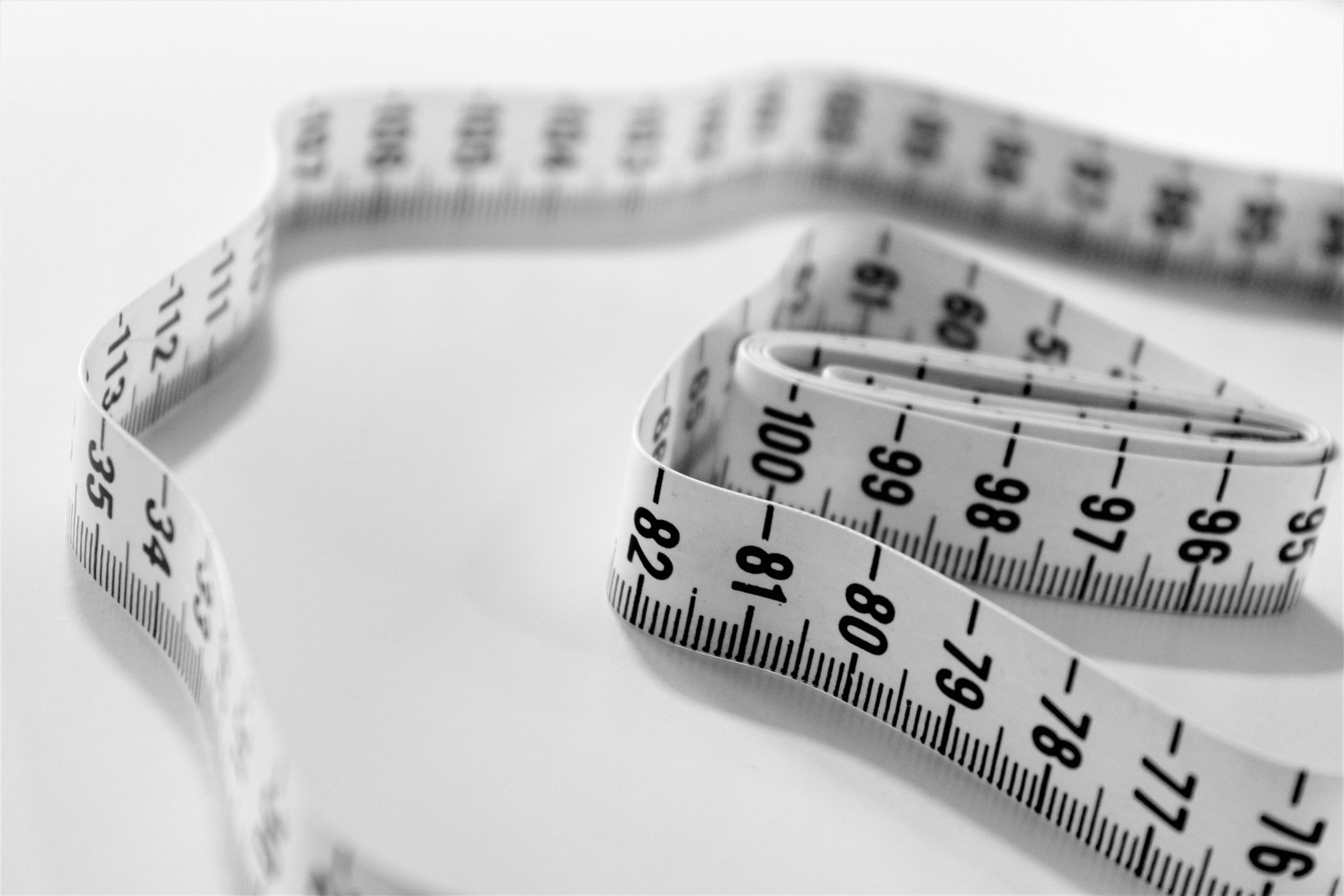Back pain is a leading cause of disability worldwide, and it is one of the most popular reasons people visit the doctor or miss work.
Fortunately, you can take steps to prevent or alleviate the majority of back pain episodes. If prevention fails, proper body mechanics and simple home treatment can often heal and keep your back functional in a matter of weeks. Back pain is rarely treated surgically.
Whether or not you seek medical attention, there are things you can do at home to relieve back pain and reduce the likelihood of it recurring. Here are some coping strategies for lower back pain.
Ergonomics: Set Yourself Up for Success
Ergonomics is the process of designing your workspace or the items you use every day to fit your body and needs, making you more efficient and reducing discomfort.
Even though the ideal posture varies from person to person, some basic ergonomic principles apply to everyone, according to Stephens, a physical therapist at the Cleveland Clinic in Ohio.
“There are strategies to help you, so you don’t have to fight gravity solely with your muscles,” he says.
Stephens offers a few suggestions for working or sitting in a way that may help reduce back pain:
-Make sure you’re sitting deep enough in your chair so that the back of the chair can support your back.
-Your chair should be low enough to the ground that you can comfortably rest your feet on it, but not so low that your knees are higher than your hips.
-Adjust your computer monitor to eye level, so you don’t have to slouch to get your gaze in line with your screen.
Take Breaks to Change Your Position
Stephens recommends getting up every 30 minutes to walk around for a couple of minutes, or every hour if that is not possible.
“Simple movement and position changes can be beneficial. “It helps to set a reminder on your phone or desktop calendar,” he says.
Sleep Is Good Medicine for Back Pain
According to Stephens, there is no one right way to sleep. “Some people may benefit from lying on their stomach, whereas others may benefit from lying on their back with a pillow under their knees,” he says. If you believe your sleeping position is causing you back pain, try a different position or consult a healthcare professional, he advises.
“Regardless of your sleeping position, it is critical that you get some restorative sleep. We all know that if you’re not sleeping well, it’s difficult to feel better because sleep is when the body is actively recharging the batteries. If you can’t do that, you’ll be predisposed to pain,” Stephens says.
Exercise and Movement Can Prevent and Help Relieve Back Pain
“In general, most forms of physical activity are somewhat protective in terms of both the likelihood of developing back pain and the prognosis. If someone is physically active regularly, it appears to have some preventive benefit, and if back pain occurs, it appears to help someone get through it faster,” says Stephens.
What types of exercise are beneficial for back pain?
Stephens believes that all types are useful. “For a large percentage of people, it could be as simple as walking every day,” he says.
According to Stephens, whether a person will benefit from specific back strengthening exercises depends on the person and the severity of the back pain. Before beginning any new exercise routine, he recommends consulting with a physical therapist or your doctor.
Temporary Pain Relief: Ice, Heat, or Both?
According to Stephens, both heat and ice can help relieve back pain temporarily. “They’ll both help to calm down that pain signal and relax the nervous system a little bit,” he says.
“With most injuries, we would normally advise ice early on during the acute phase of the injury,” he says.
As a general rule, ice the painful area at least three times per day with a frozen wet towel or an ice pack, keeping a towel or other cloth between your skin and the cold pack to protect your skin.
Stretching and Foam Rollers May Improve Back Pain
“If the primary cause of back pain were limited motion and stiffness, I would most likely prescribe some stretching exercises,” Stephens says. These could be done with a therapist or on one’s own at home, according to him.
Maintaining a Healthy Weight Can Help Reduce Back Pain
“When you maintain a healthy weight, your muscles do not have to work as hard to support you against gravity. The muscles will not fatigue as quickly, which will help with pain,” says Stephens. He also adds that there is less pressure on your back and other joints.
Check With Your Doctor About Over-the-Counter Medications
Stephens advises people suffering from back pain to consult with their primary care physician about how to safely take NSAID (nonsteroidal anti-inflammatory drug) medications such as ibuprofen (Advil, Motrin) or naproxen (Aleve) to relieve their pain.
Address Back Pain Sooner, Not Later
Suppose you’ve tried adaptations like improving your work setup or adjusting your posture and haven’t seen any pain improvement after two to four weeks. In that case, Stephens suggests seeking a formal consultation with a healthcare provider or physical therapist.
“It is not a good idea to live with pain for an extended period; physical therapists can usually be of more help if you come earlier in your pain episode,” he says.
Thank you for continue reading please don’t forget to share this article with your friends

 Health5 years ago
Health5 years ago
 Health5 years ago
Health5 years ago
 Health5 years ago
Health5 years ago
 Health5 years ago
Health5 years ago
 Health5 years ago
Health5 years ago
 Food5 years ago
Food5 years ago
 Health3 years ago
Health3 years ago
 Entertainment6 years ago
Entertainment6 years ago